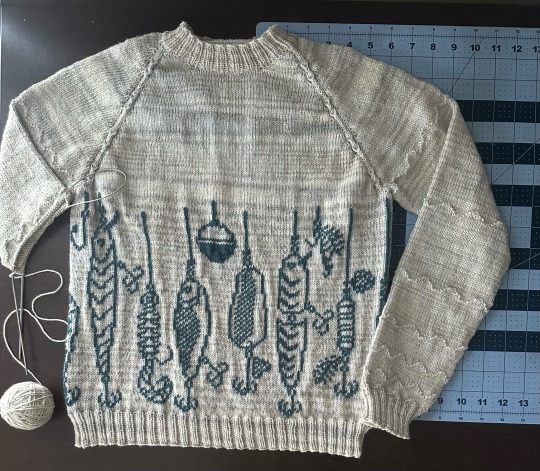Text
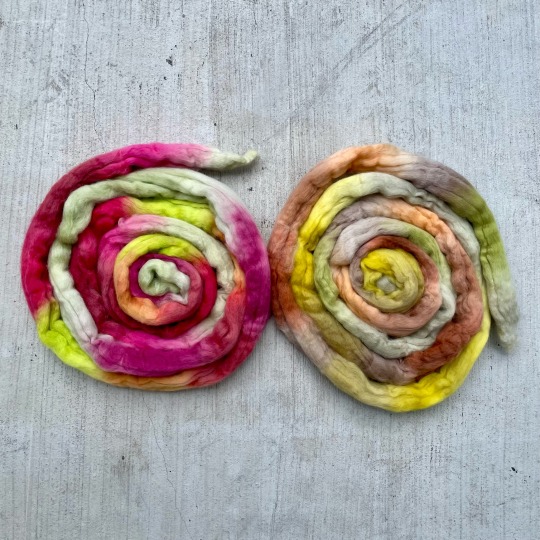
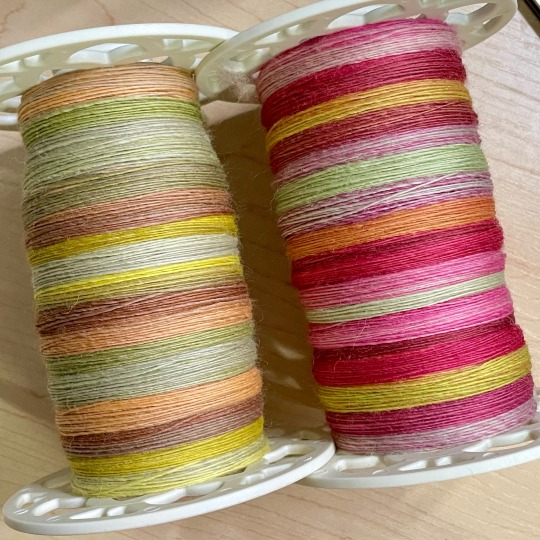
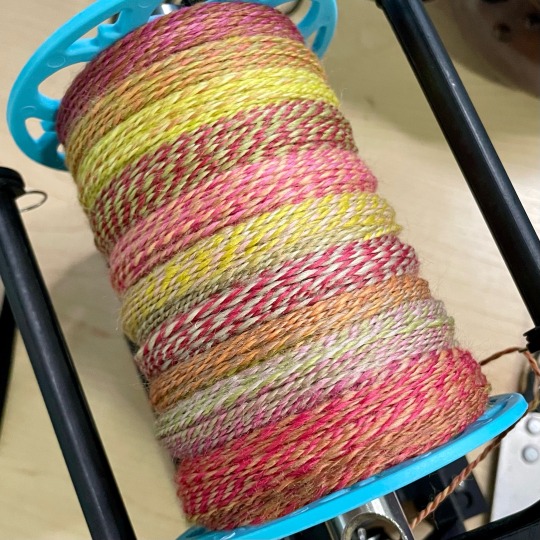
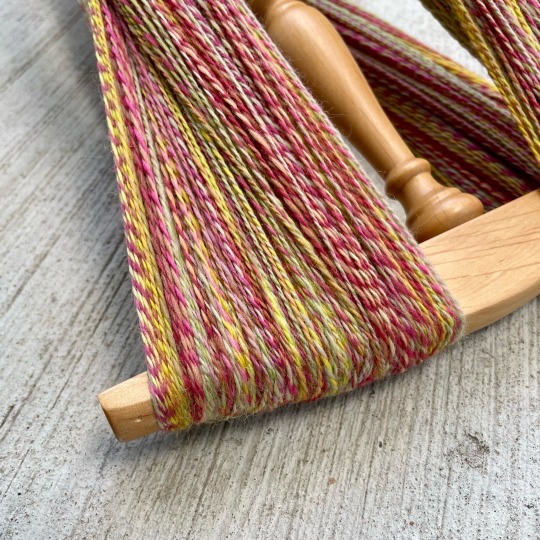
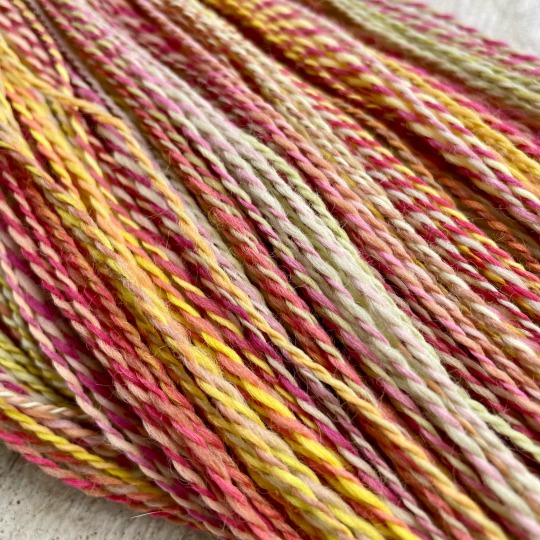
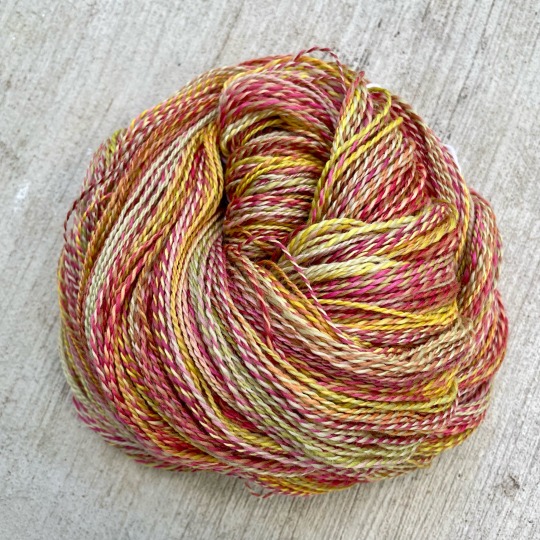
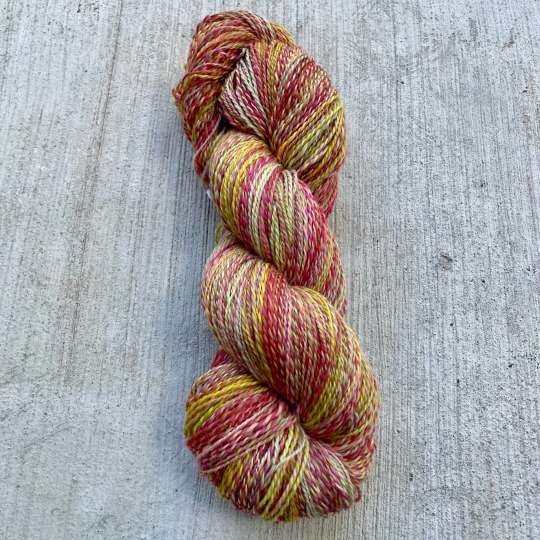
Desert Wash and Dragonfruit on Corriedale, dyed by Three Waters Farm & 2plyed. ~600 yards.
379 notes
·
View notes
Text
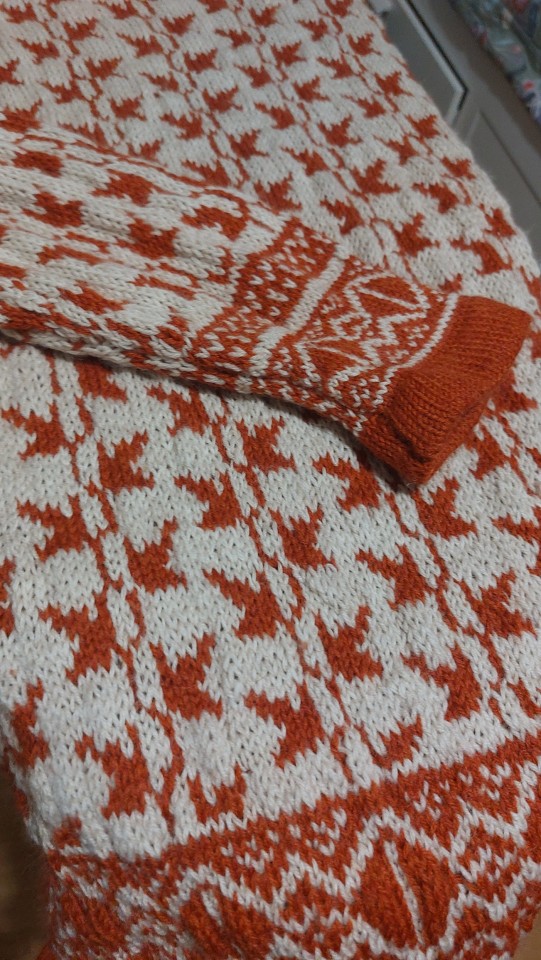
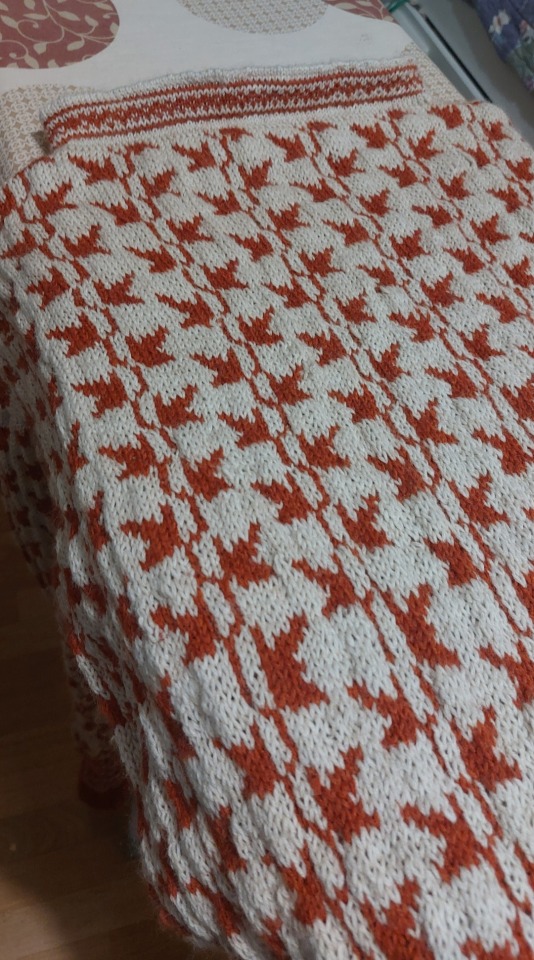
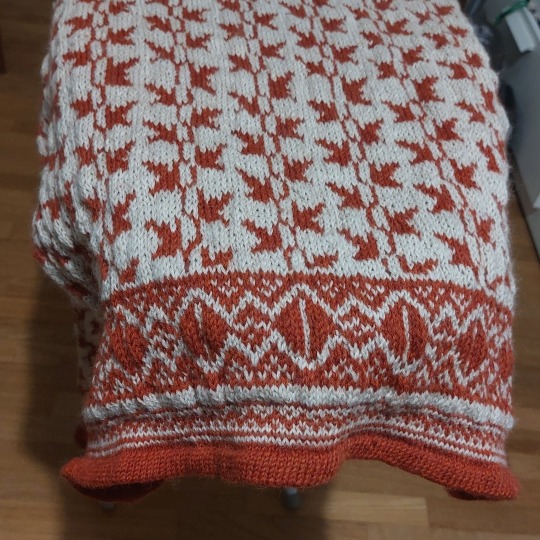
Non sono granché a stirare ma il maglione è finito, giusto in tempo per la primavera.
69 notes
·
View notes
Text
some of my favorite woven tapestries, by Cecilia Blomberg:

Point Defiance Steps

Mates

Rising Tides

Vashon Steps
202K notes
·
View notes
Text
I've been peer pressured into including stitch markers in my patterns. It's never been my preference to use them. I don't find them particularly helpful, but I value other people's feedback and understand that they're important for many people. I'm currently making a sample of a new pattern which includes stitch markers, so I'm forced to deal with them. I have the right to loudly complain the whole time.
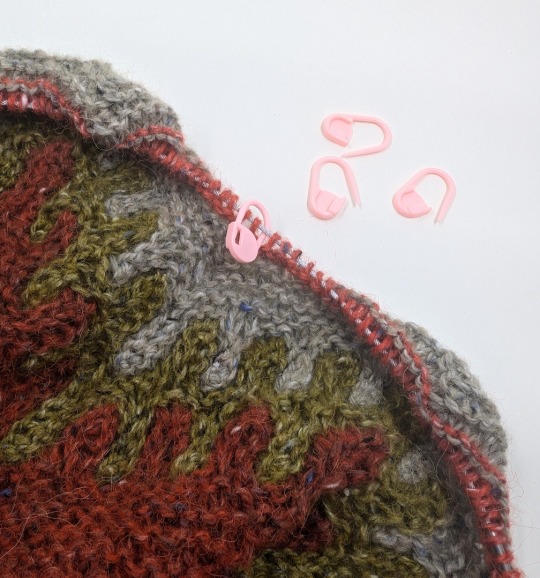
Here are the top three reasons that I don't like using Stitch markers in my knitting:
1. Markers lie. Stitch markers are supposed to be a guide, highlighting an area of your knitting and creating a landmark that you can track. But what happens if that landmark isn't in the right place? Whenever I find a mistake involving a stitch marker, there's a 50% chance that the marker is just in the wrong place and my knitting is completely fine. If the marker is next to a Yarn Over, it's even more likely to slide into the wrong position. In the particular pattern I'm working on, the stitch markers need to move, introducing another place where I can make mistakes. Mistakes happen in my project all the time and one of my most common issues is forgetting to move or place a stitch marker.
2. If (when) I make a big mistake and have to rip out, the markers come out too. It's difficult to find the correct placement after frogging. I do my best to make sure that marker placement is shown in each row. That way, the knitter knows where they should be. you can place the markers when they fall out or if you rip out, but it's still an ordeal to get them back in place. When a pattern lacks these clues, it's nearly impossible to figure out where the markers should be.
3. Very often, markers highlight an existing landmark in the knitting. I'd rather spot a column of increases or a specific stitch in a repeat than a marker sitting next to it. The skill of spotting the se landmarks is often called "reading your knitting." It's a skill that's learned over time, and not everyone has this ability. But it is a skill that's well worth learning if you want to make projects with intricate stitch work or shaping. Because I'm able to read my knitting, I often take the markers out and use landmark stitches as a guide. As soon as I'm done making sure all of the markers in a pattern makes sense, I remove them. When I don't have to worry about markers, things move a lot faster.
#you're right and you should say it#if there's a marker in a pattern i've written there's a 90% chance is only there to make the pattern notation easier to write#and it'll actually be incredibly obvious by looking at the object where the decrease or whatever is supposed to go
80 notes
·
View notes
Text
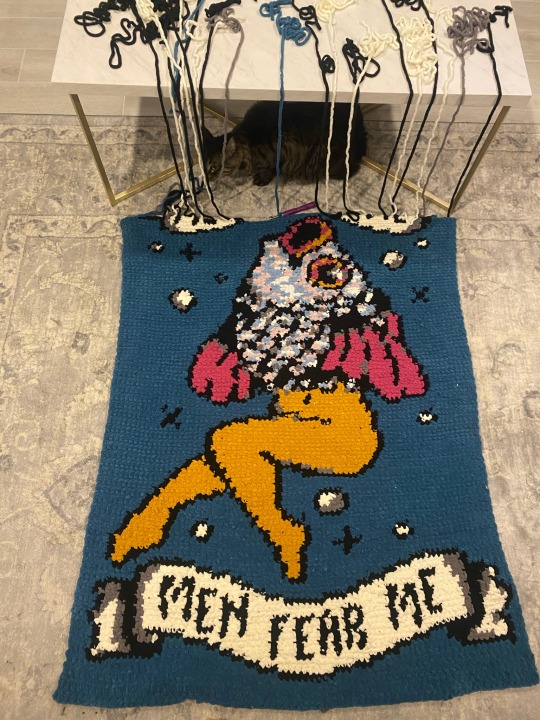
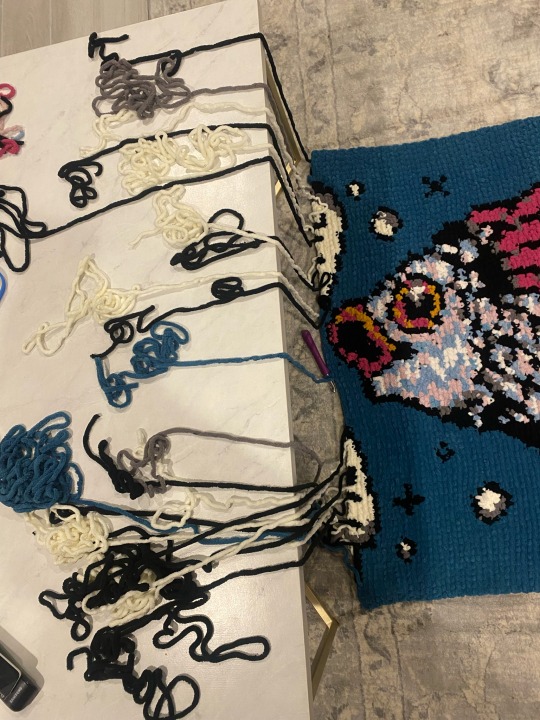
every color change weakens my fragile grip on reality, but at least my mermaid is finally whole!
3K notes
·
View notes
Text
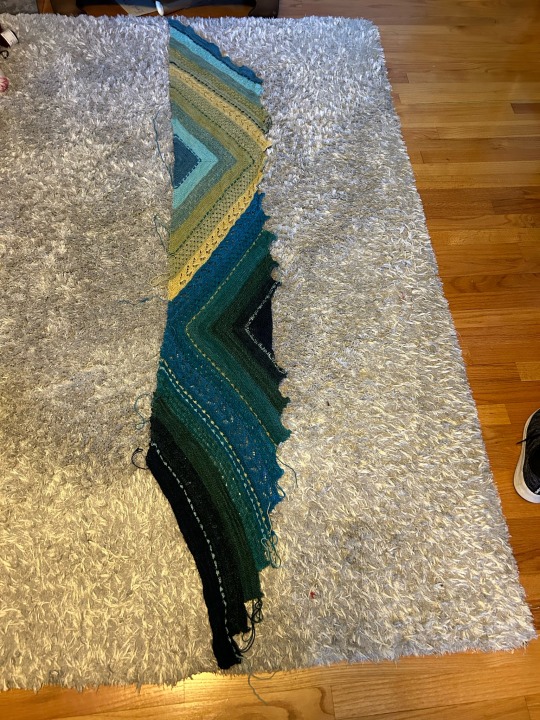
I just finished my shawl/scarf! I still need to weave in the ends and block it, but the knitting is done!
61 notes
·
View notes
Text
hand knit cotton socks and stockings used to be much more common than they are now - some of them were made to be used with garters (of the sock- or -belt varieties), but many stay up well enough on their own no problem. a pattern with more ribbing in the leg or a yarn that's finer or bouncier might do the trick for your student.
I bound off my Filigree Tee today, and the bind off edge isn't stretchy enough to go over my hips. I tested my bind off on the sleeves and neckline, and it should have had enough stretch! Not a ton, but enough! Instead, the one on the bottom edge has no stretch at all. I'm so pissed off. And I already cut the yarn, so if I want to do a different bind off, I have to sacrifice length on the body to get more yarn available. At least it should be easier to rip out than a sewn bind off. This really isn't my week when it comes to yarn.
#not all cotton yarn is created equal but just plain cotton socks are actually quite nice imo#sorry about your filigree tee op 💔 that's an awful experience
70 notes
·
View notes
Text







Atlantis dyed by Created by ElsieB. 4oz Targhee. 275 yards of 3 ply spun as a 2:4:8 fractal, with a mini skein of 2ply from leftover scraps.
It is supremely squishy!
644 notes
·
View notes
Text



PARTY ANIMAL!
The two-tone mullet... the crochet top.. the exposed skull.. this guy's got it all!
invite this friend to your party in the shop here
128 notes
·
View notes
Text
We all joke a lot about how knitting is math in disguise, and we all know how gauge and the rule of three are so good together, but I was not prepared for how much I'd regret not being able to calculate least common multiples better.

For all your colourwork and pattern repeat needs. Thanks Wikipedia.
860 notes
·
View notes
Text
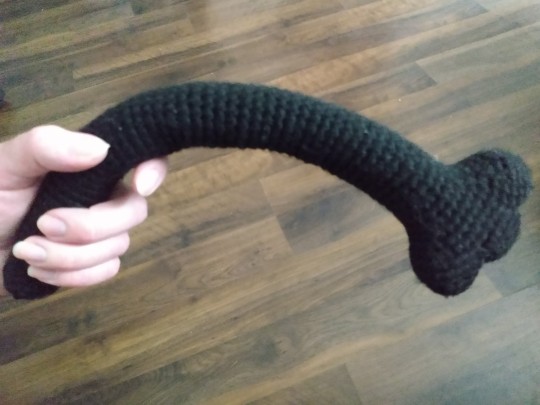
[descending slide whistle]
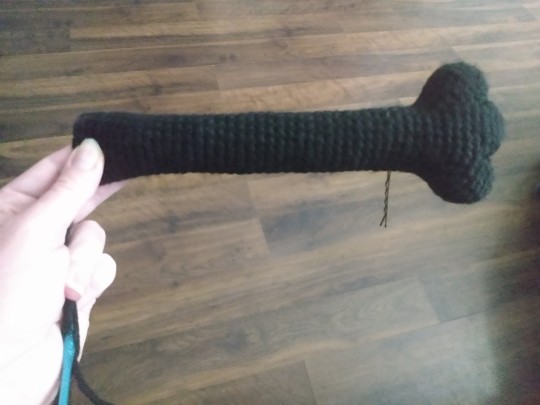
boop
9 notes
·
View notes
Text

boop
9 notes
·
View notes
Text

something a bit different! original pattern and hand knit~
277 notes
·
View notes
Text

I dropped all my other projects to finish this in time for pride and it's finally done!! I wanted some cool aro merch (since I have absolutely nothing so far), and what's cooler than dragons?

The heart shaped flag was embroidered on afterward, and if you look closely, there are a bunch of tiny flags woven into the border.

My original intention was to use this as a long patch for the back of my denim jacket. But it makes a pretty cool necklace?? If only I didn't have to chop off half the design to realize my vision... (I have yet to commit, this is just tied on with a big ol bulky knot in the back)
3K notes
·
View notes
Text
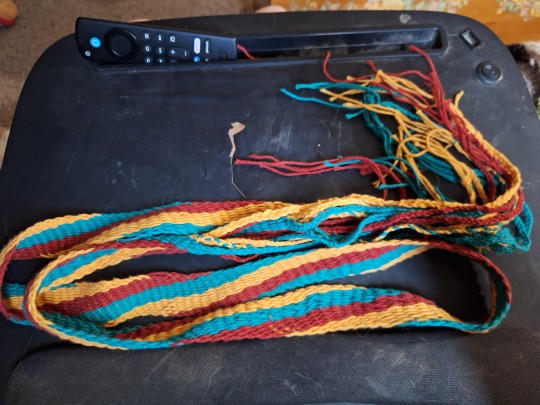
She's done!
An Eastern Woodlands fingerwoven belt, 30 total strands of linen and cotton blend yarn. The pattern is a diagonal stripe, with braided fringe on the ends.
55 notes
·
View notes
Text
Some help please

I took this picture back in 2017. I had permission from the woman who owns the shawl and unfortunately when I asked for a pattern she said it was a gift. I have searched FOR YEARS for this pattern. It’s not your typical granny square or willow granny square. And I have no experience with making items without a pattern of some sort. If anyone knows who made this or what the pattern is I would greatly appreciate the help. Please and thank you!
380 notes
·
View notes
